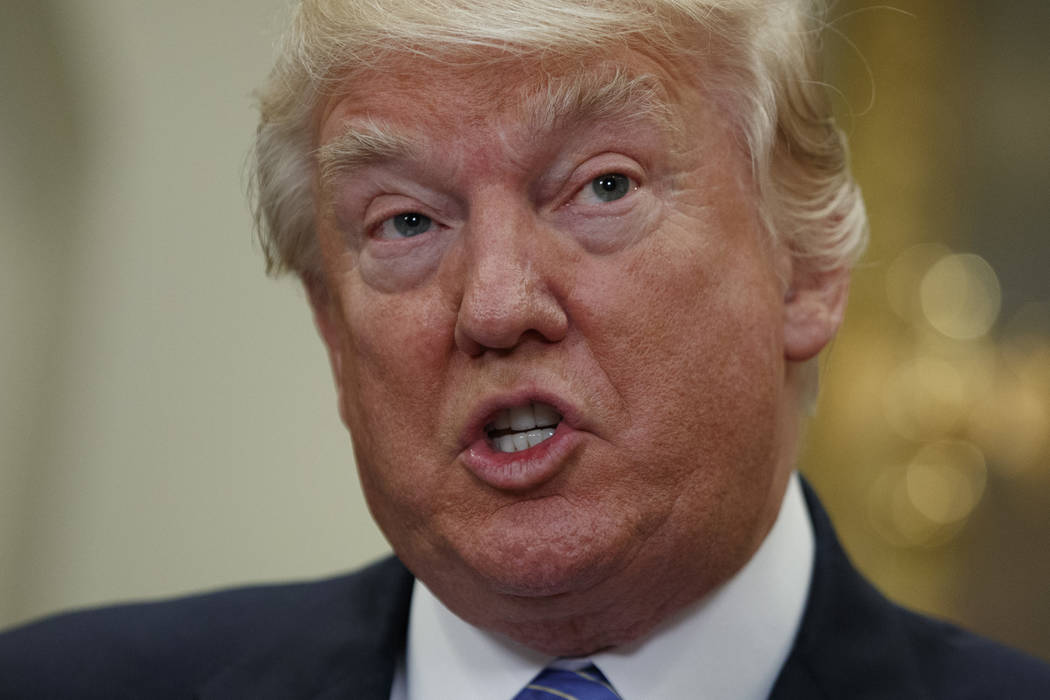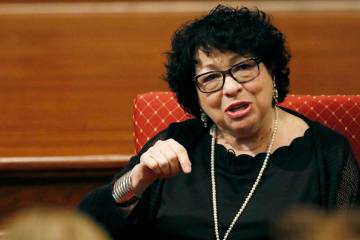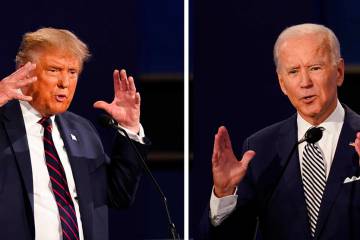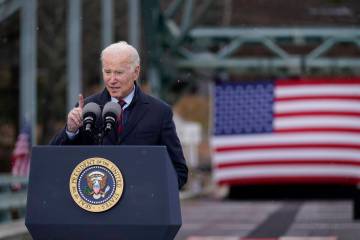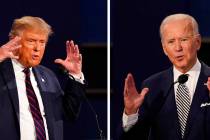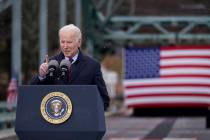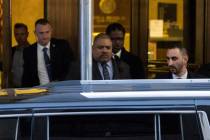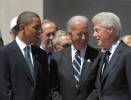EDITORIAL: Donald Trump’s biggest success? Regulatory relief
The federal regulatory state has been growing like kudzu for more than eight decades. While many mandates do indeed promote health and safety, a great deal of others choke freedom, productivity and growth. During the past six months, however, President Donald Trump has been doing his best to scale back the overreach.
By the time President Barack Obama left office, the Heritage Foundation reports, his administration had saddled the United States with some 23,000 regulations with a cumulative annual price tag of $122 billion. As the Daily Signal notes, the annual regulatory costs left behind by Mr. Obama were nearly double that of his predecessor, President George W. Bush. And that number doesn’t even include covert costs such as lost innovation, reduction in individual liberties or costs associated with dozens of regulations issued by independent agencies — agencies that are not obligated to perform cost-benefit analyses for new major rules.
In 2016 alone, the Obama administration issued more than 2,600 new regulations, including 54 major rules, that dumped $14.7 billion in new annual costs on the private sector. Some 40 percent of those major rules were finalized after the November election on Nov. 8, including some of the costliest rules of the year.
When Mr. Trump took office the next day, his administration inherited 1,986 so-called “midnight” and other regulations in various stages of publishing and adoption. Like presidents before him, he immediately directed his department heads to suspend any proposed rules until a senior administration appointee approved them. According to the Daily Signal, he also instructed agency heads to withdraw regulations that had been sent to the Office of the Federal Register but had not yet been published, and to postpone rules that had been published but had yet to take effect.
And he didn’t stop there.
Between Inauguration Day and June 30, his administration finalized only eight major rules, with only two increasing regulatory burdens. His administration’s Office of Information and Regulatory Affairs also conducted far fewer reviews — and withdrew a higher proportion — of new rules, the lowest number since the 1990s. On top of that, Mr. Trump worked in conjunction with Congress to apply the Congressional Review Act to get rid of 14 Obama-era regulations. He has also issued 39 executive orders and 17 memoranda, two of which are designed to significantly alter the nation’s regulatory process.
As the Daily Signal aptly describes, the amount of regulation imposed on our nation “acts as a stealth tax on the American people and the U.S. economy and exacts an incalculable toll on individual liberty.” Mr. Trump’s effort to wither the administrative state has been the White House’s biggest success story. Here’s hoping it continues.



